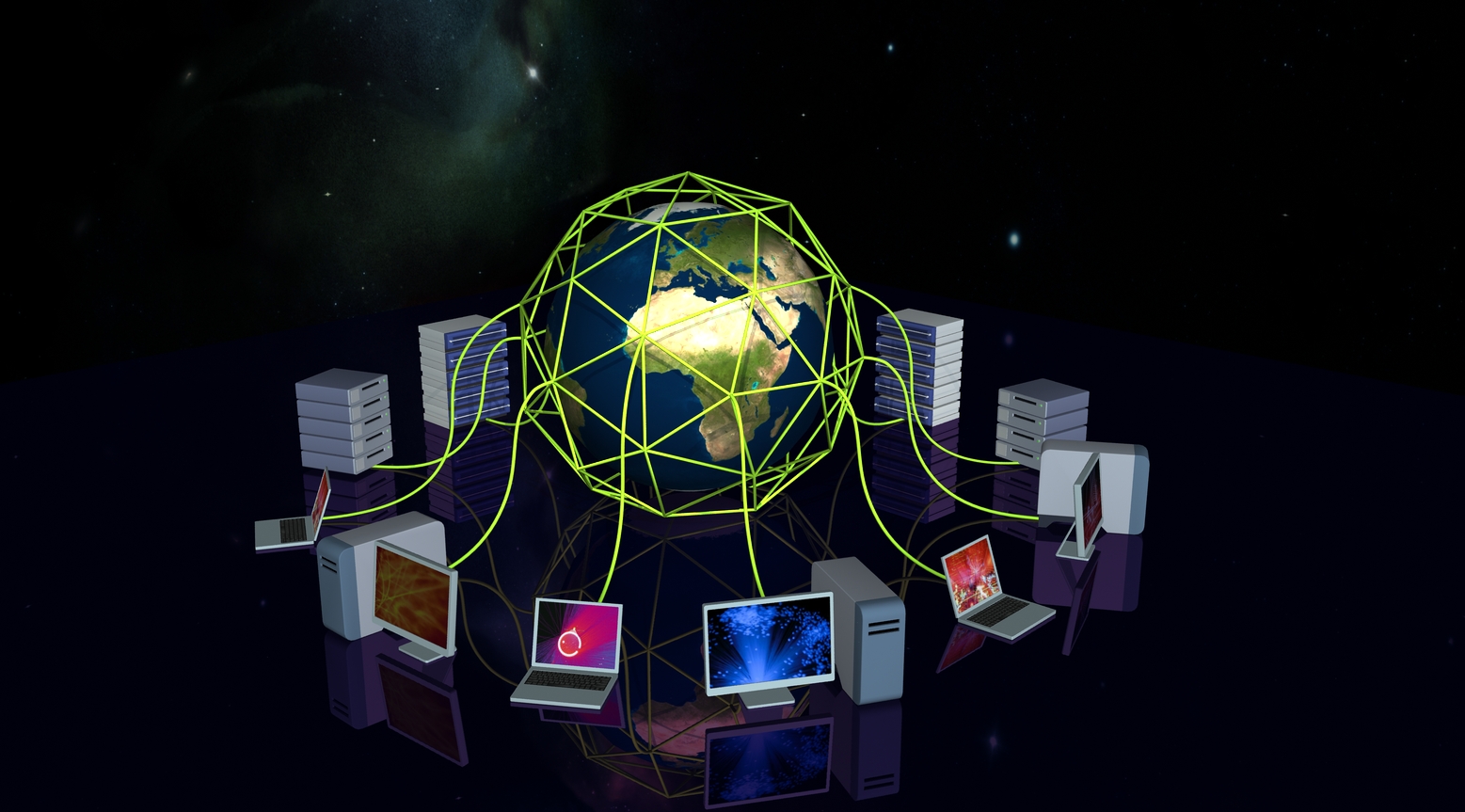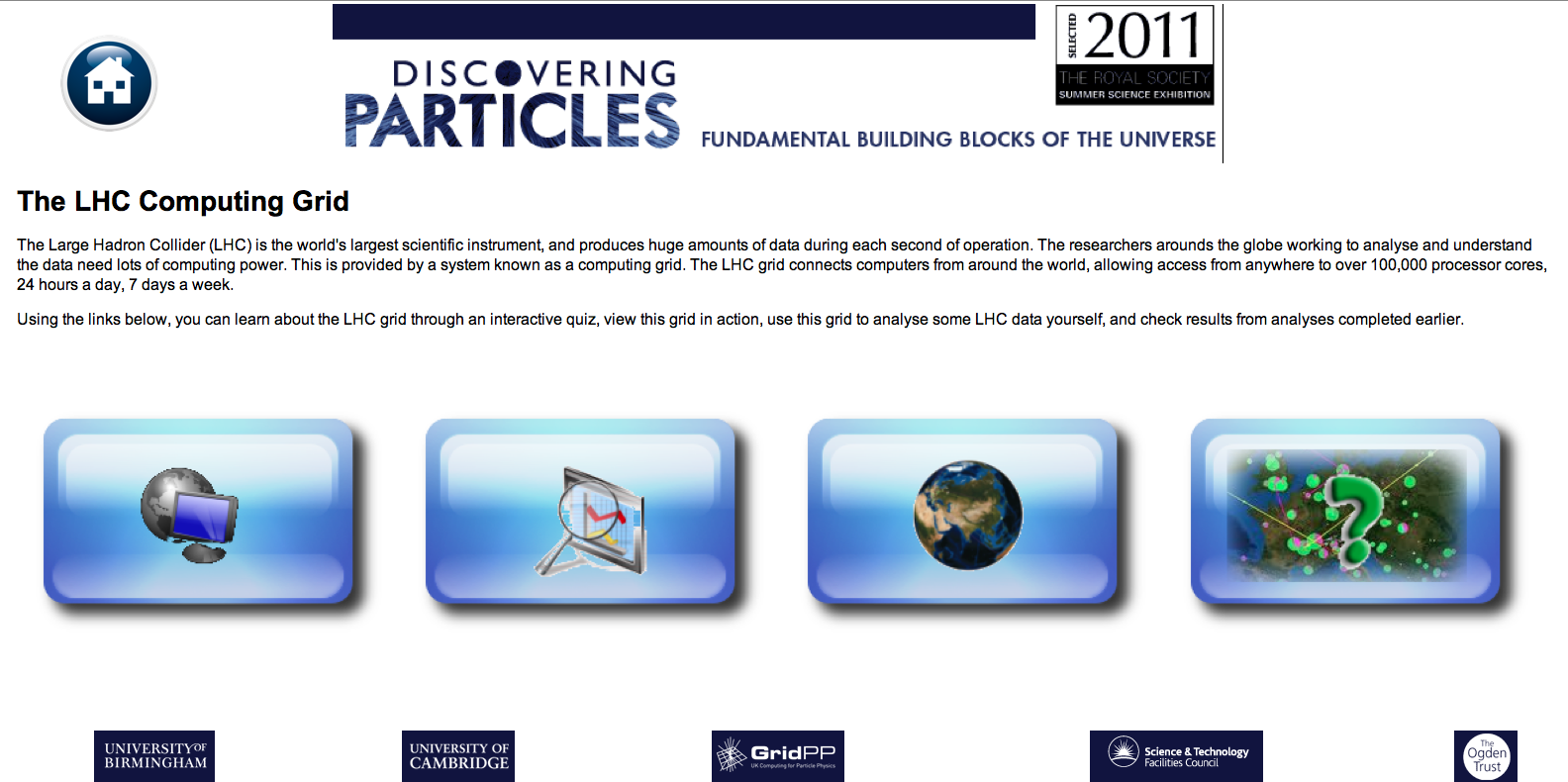Data analysis at the Large Hadron Collider

The number of proton-proton collisions produced by the Large Hadron Collider (LHC) in each of ATLAS and CMS, the two general-purpose experiments, is at the level of 10,000,000 per second, for 2011 operating conditions, and will be increased by a factor of 100 by 2014. Lower, but still large, collision frequencies are generated in the more-specialised experiments, ALICE, and LHCb. In all experiments, the great majority of particle interactions and decays can be understood in terms of Feynman diagrams of the tree type, and are of limited interest. The processes sought by the experiments tend to be rare. For example, decays described by penguin diagrams are expected to occur just once every 1,000,000,000 collisions; and the frequency for producing SUSY particles or the Higgs boson may be lower again, by a factor of 100 or more. These signal processes need to be identified against the enormous background.
As collisions take place, the experiments perform a rapid first selection, using both highspeed electronics and software running on local computer clusters. Data from the detectors are recorded only for interactions that satisfy the selection criteria, but the total number of such interactions for a year’s operation of the LHC is huge. Away from the experiments, the recorded data are processed so as to reconstruct the interactions, extracting maximum information on the types of particle produced in each, and on the particles’ characteristics. Reconstructed interactions are divided into categories, and are then subject to detailed analysis by groups of physicists. Different groups are interested in different categories of interaction, and perform different studies.
The processing power needed to be able to reconstruct and analyse all of the interactions recorded at the LHC is provided by a computing grid. This links together computing resources distributed across the globe, at research institutes (grid sites) participating in the LHC experiments, and is known as the Worldwide LHC Computing Grid (WLCG). It is described in a news feature in the journal Nature as “the most sophisticated data-taking and analysis system ever built”.
Analysis demonstration
Visitors to the Summer Science Exhibition 2011 were invited to submit analysis requests to the WLCG, to search for Z0 bosons in data recorded by the ATLAS experiment. A link to the demonstration system for submitting an analysis request, and for checking the results obtained, is given below.

|
| Demonstration system for data analysis using the WLCG |







